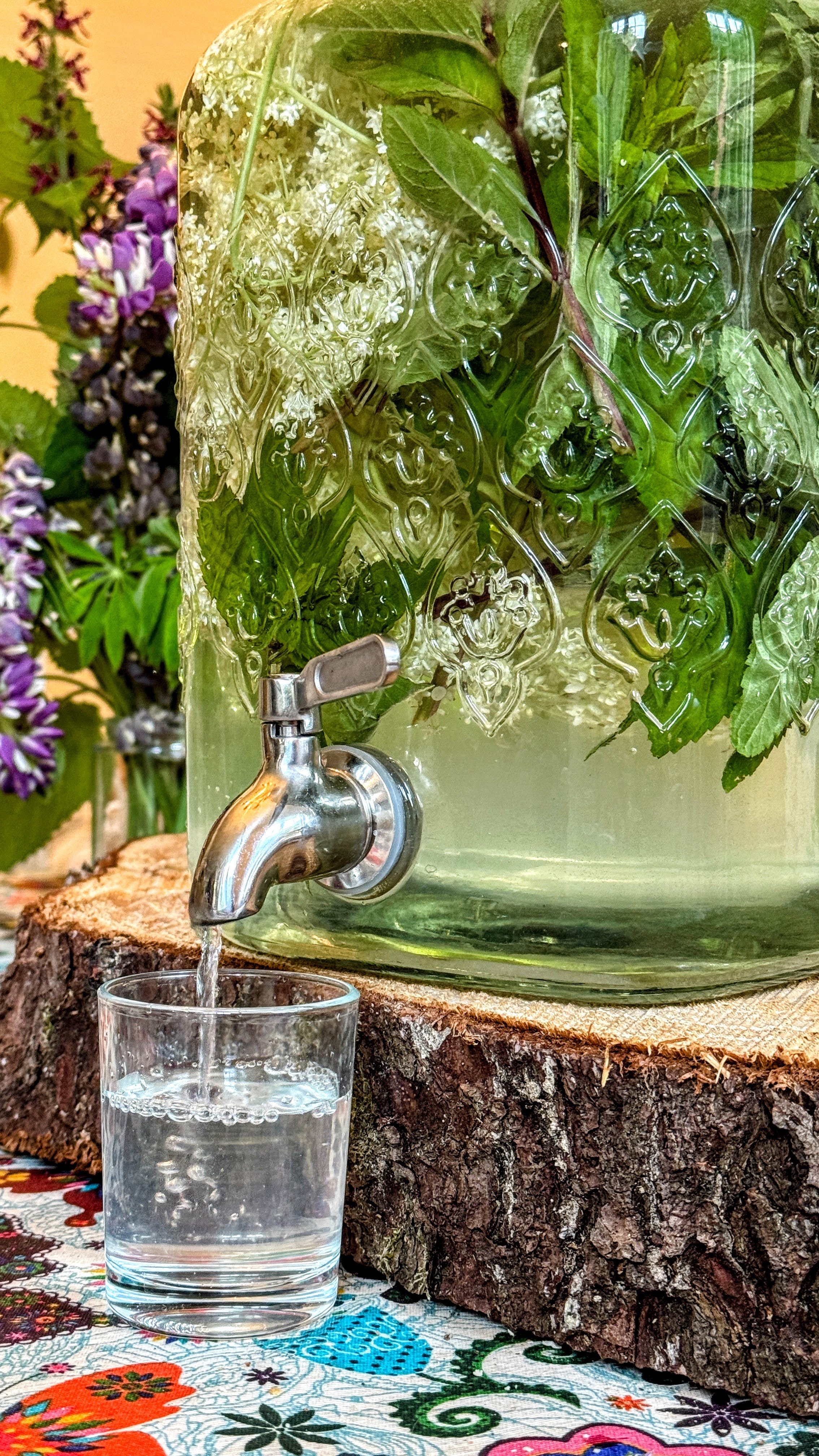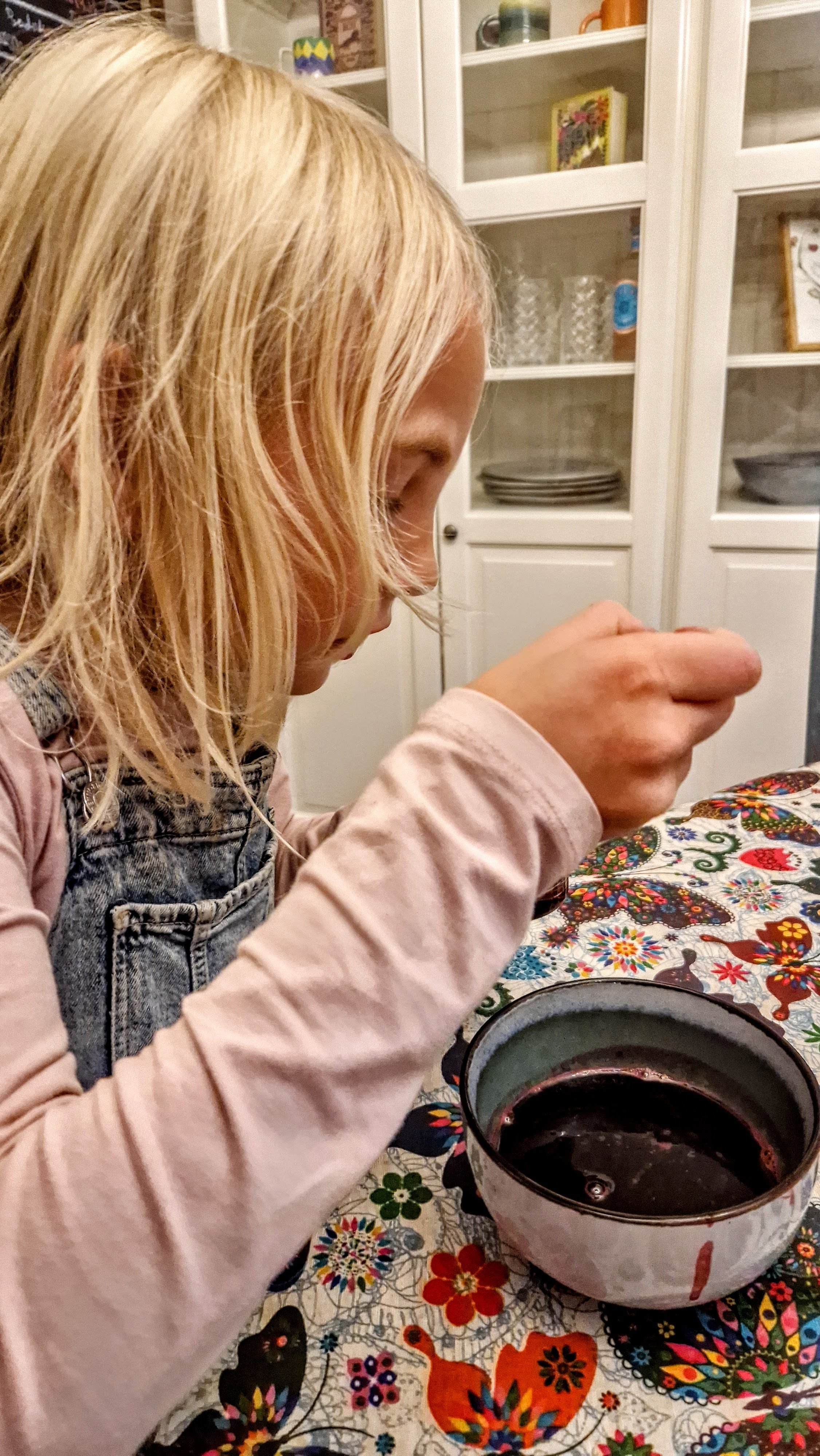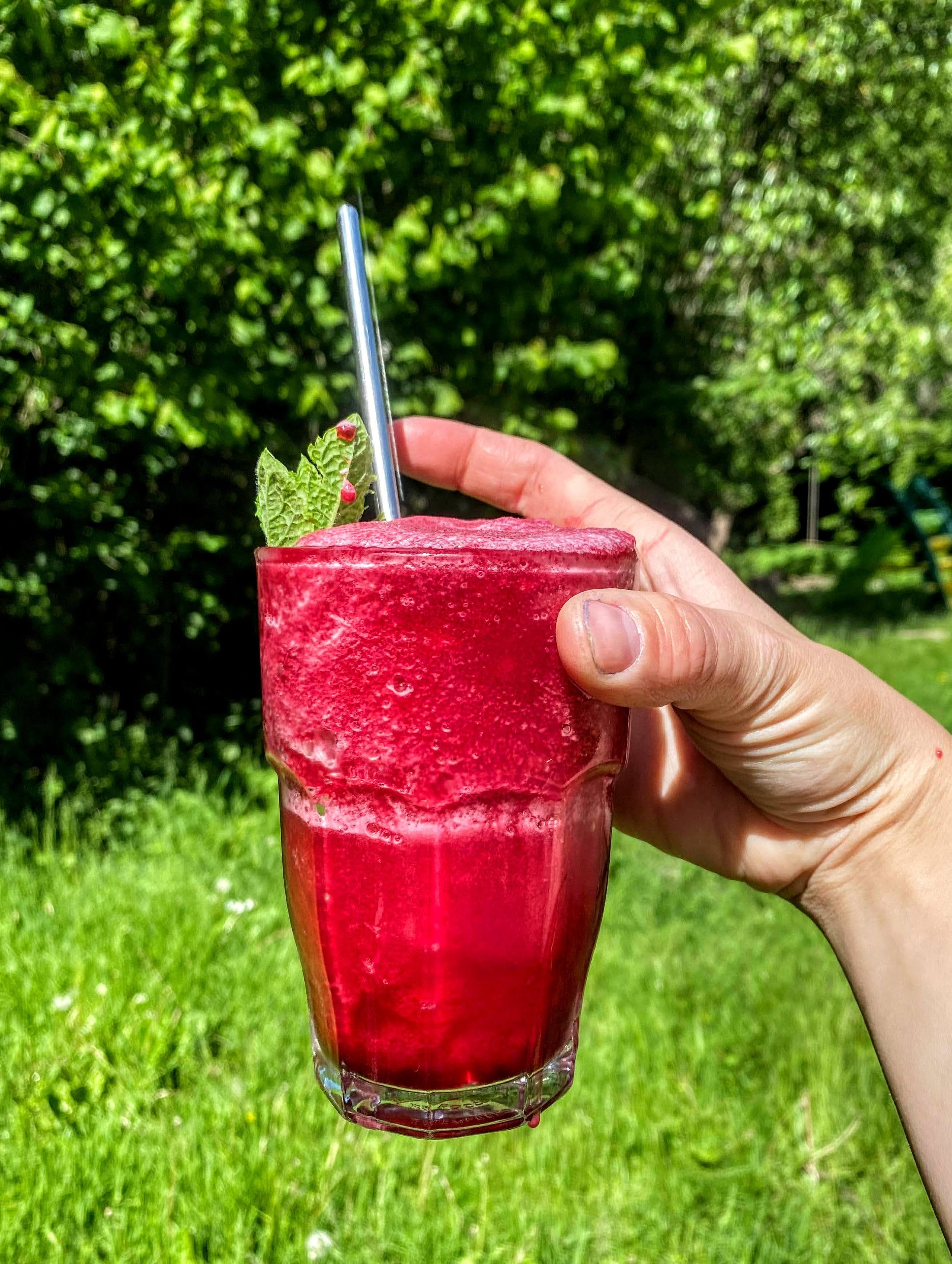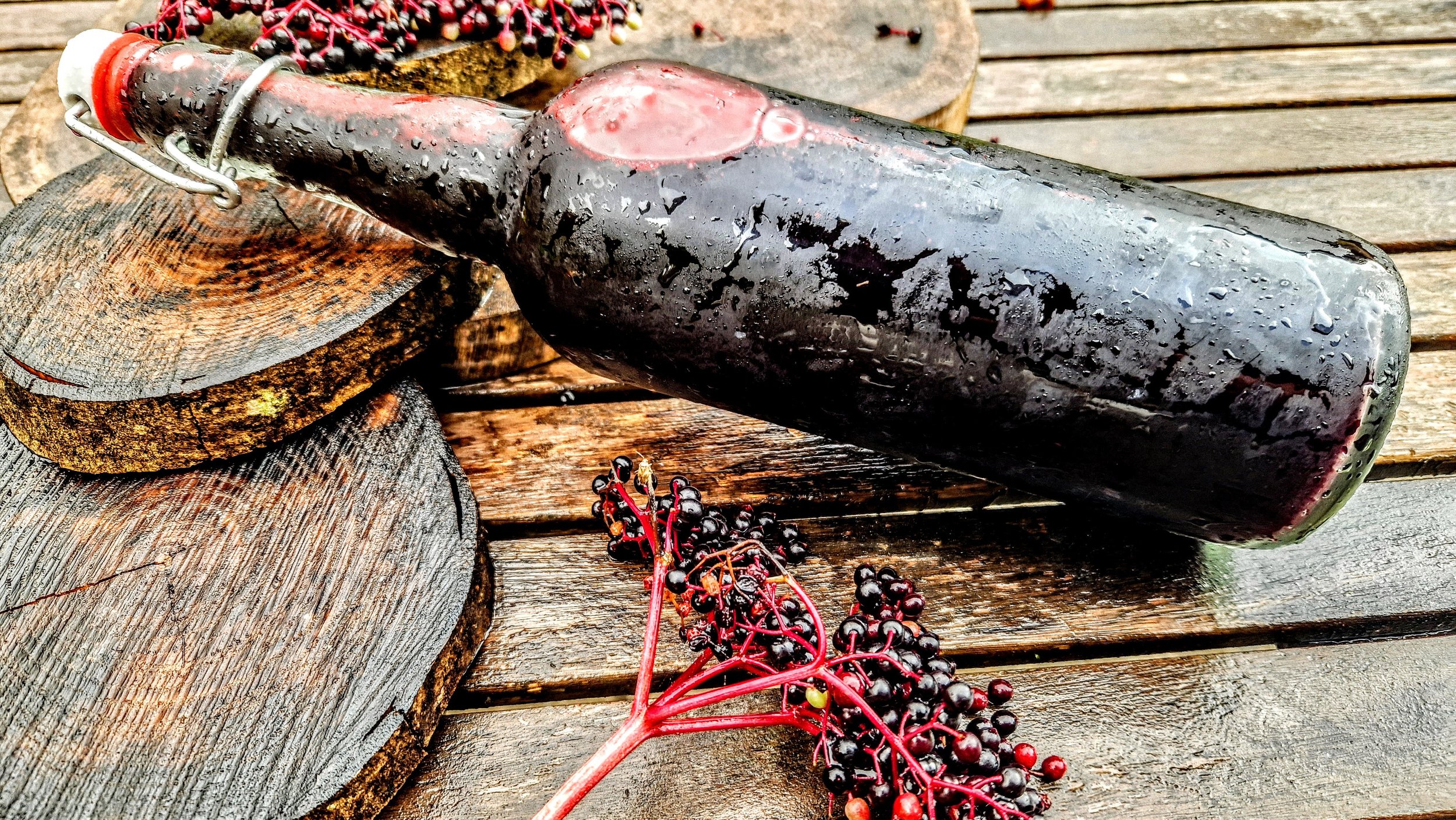Foraging Elderberries: A Tribute to Our Favorite Giving Tree
Elder trees possess a magic and charm that's hard to put into words. Cloaked in the mysteries of folklore, with every tree believed to house the spirit of Elder Mother or the goddess Freya, the elder is perhaps our most cherished giving tree. Every part of this mystical tree narrates a tale as old as time, and its bounties are a testament to nature’s generosity.
In spring, the elder trees are adorned with clusters of tiny white blossoms, promising a lavish spread of berries come autumn. But here's the enchantment: those flowers we pick in spring for our concoctions won't turn into berries. This makes us ever so careful to harvest just enough, ensuring that by autumn, we are met with bountiful clusters of deep purple - almost black - berries.
When it comes to foraging, we keep the berries on their stems, raking them off once we're back in the comforts of home. This method allows for efficient harvesting, and with a gentle touch and a bit of know-how, one can easily gather a couple of pounds from a single tree. While some prefer the precision of a small knife or scissors to snip the clusters, simply using your hand to break the cluster at its seam works just as well. And fear not, the tree remains unharmed.
Mature elderberries are a deep, almost blackish-purple hue, a stark contrast to the unripe green or red ones. They'll also appear plump and full, hanging in heavy clusters that somewhat droop from the branches due to their weight.
Another indication is the ease with which the berries can be removed from the stem. Mature berries will come off readily, often needing just a gentle brush of your hand.
Sambucus nigra, our local elder variety, graces most of our woodlands. These elders grow true to their seed, a gift heartily accepted and further spread by wildlife that relishes the berries. But while birds can gorge on these raw berries, we humans must be a bit more cautious. Raw elderberries have slight toxicity for us, necessitating around 15 minutes of boiling to render them safe and delicious.
Yet, this extra step is nothing short of alchemy. On their own, elderberries might lack the piercing tanginess or sweetness of some other berries, but once cooked with a sprinkle of acid and sugar, they transform. The resulting taste is uniquely indescribable: a wine-like depth without the bitterness, sweetness without being syrupy. It's a palate experience that's truly singular.
But remember, before you pluck a single berry, tradition and respect dictate a chant to the Hyldemor or the Elder Mother. It's a ritual of seeking her blessing and making a promise in return. Delve deeper into this enchanting folklore here.
Our children have a particular fondness for the cold embrace of autumn, not just for the rustling leaves and woolen scarves, but for the comforting taste of elderberry that comes with it. It's a season when elderberry soup becomes a household staple, a warm hug in a bowl that chases away the chill.
And as nights grow colder, there's hardly anything more comforting than curling up with a warm mug of elderberry juice, wrapped in a blanket and perhaps a good book. The rich, wine-like aroma fills the room, setting the perfect stage for family evenings spent by the fire.
Winter is no exception to our elderberry love affair. In fact, in many of our simmering winter dishes, we've found that elderberry juice makes an exceptional substitute for the traditional wine. It lends a unique, complex flavor profile that takes the dish to a new level, making each bite a little adventure of its own.


















